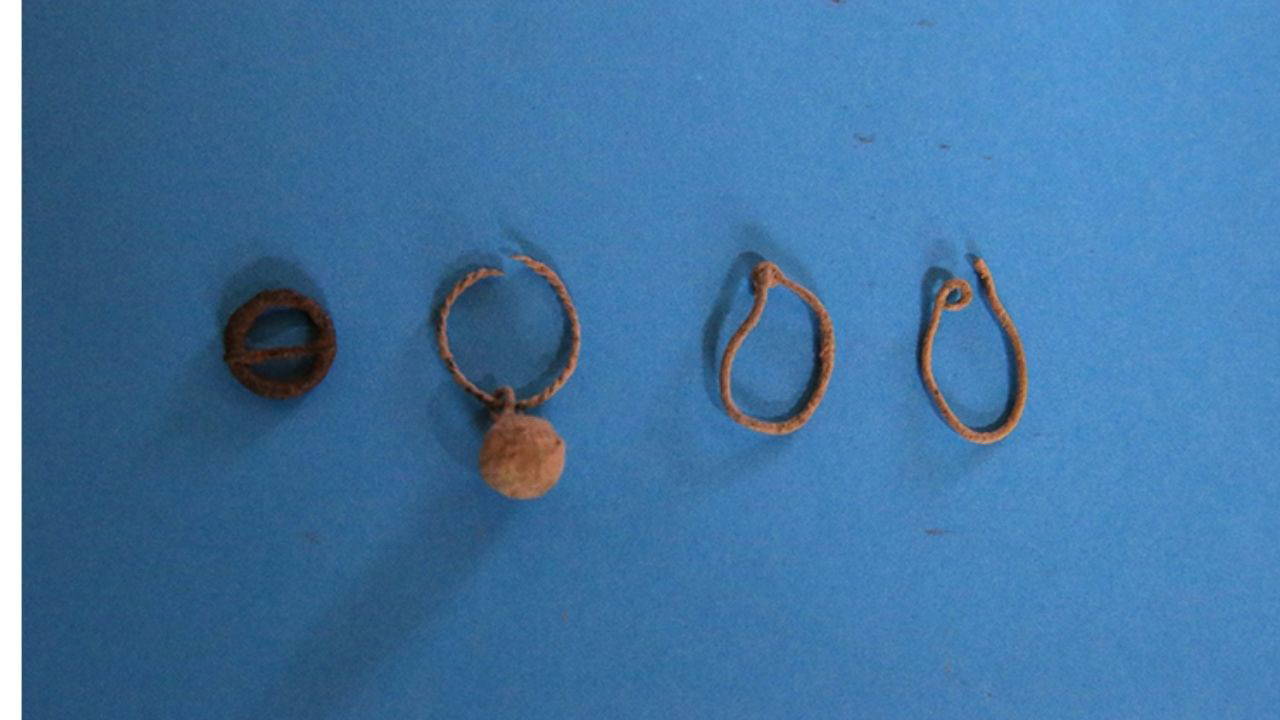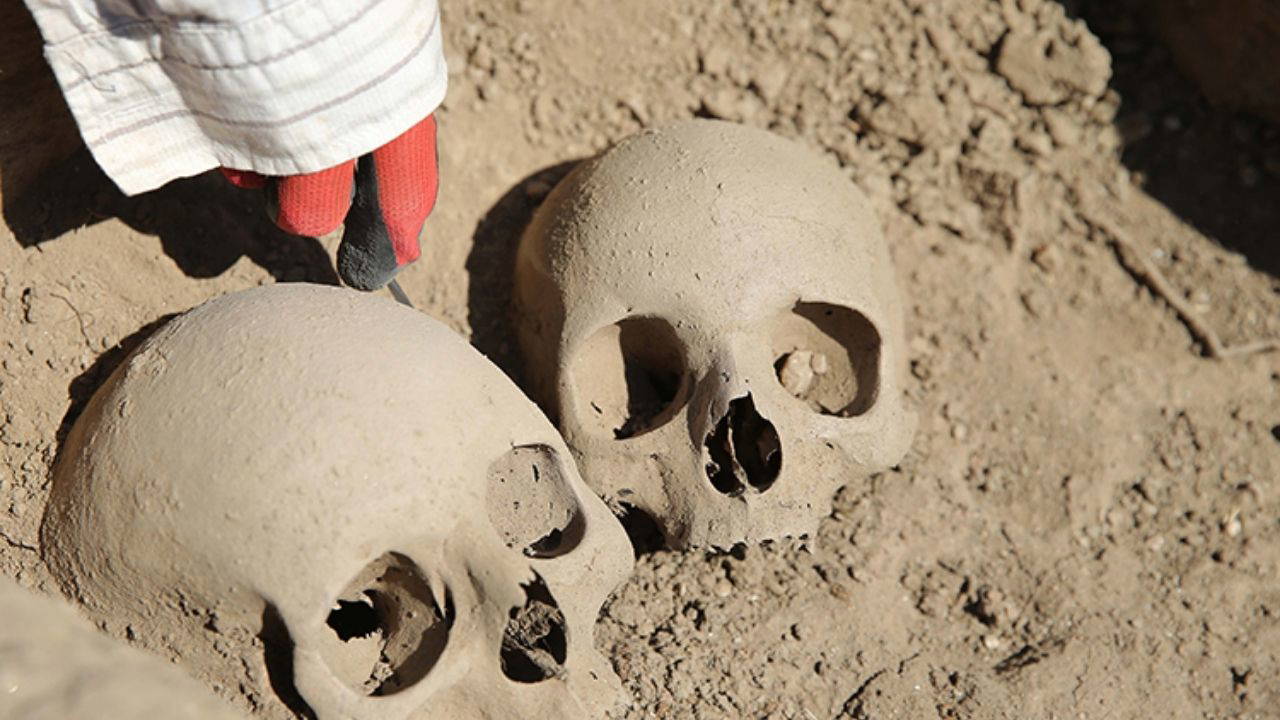Byzantine tombs were unearthed during excavations in the ancient city of Herakleia.

Numerous Byzantine-era children's and adult graves and belongings were unearthed during archaeological excavations in the Herakleia Ancient City , which attracts tourists with its historical and natural beauties in the Milas district of Muğla.
Prof. Dr. Zeliha Gider Büyüközer, Head of the Latmos and Herakleia Excavations and a faculty member of the Archaeology Department of Selçuk University , explained that the Herakleia Ancient City was founded on the southern foothills of the Latmos Mountains, which are a veritable sea of rocks with their extraordinary geological formations.
Büyüközer stated that the work at the Roman bath, whose excavation began in 2024 as part of the Heritage to the Future Project, has been completed, and noted that they have started excavations in the area opposite the Temple of Endymion , which is called the "Doric structure" due to the use of marble architectural blocks belonging to the Doric order on its façade.

Büyüközer, who explained that they will work to determine the first construction phase, periods of use, and purposes of the multi-phase Doric structure, said, "During the excavations, a large church was unearthed in the area. After the church was completed, the area containing the ruins of the structure and its northern part were used as a necropolis. On the upper levels, we found graves belonging mostly to children aged 0-14. When we went down to the lower levels, adult graves were unearthed."
Büyüközer stated that while six of the 10 children's graves belonged to children aged 0-1 whose bones had not yet completed their development, the age range in the other four graves varied.
Büyüközer stated that children's graves were also found during the excavations continuing northward, and that they thought there might have been an epidemic in Herakleia that particularly affected children.
Büyüközer explained that the fact that some of the graves were placed on the walls of the church indicates that the burials took place long after the church ceased its function, and that double burials were practiced in some of these graves dating back to the Byzantine period.

Büyüközer, noting that they encountered single pieces of jewelry left as "grave gifts" in a few of the children's graves, said, "Two skulls were found side by side in a grave currently being excavated. This again indicates a double burial. The skeletons of the first deceased were gathered towards the foot of the grave, leaving only the skull in place. The deceased was then laid down next to it. Therefore, we can say that the excavated area was used as a necropolis for a while."
Büyüközer added that they have excavated 21 graves in the area so far and that they believe this number will increase with ongoing work.
Cumhuriyet





